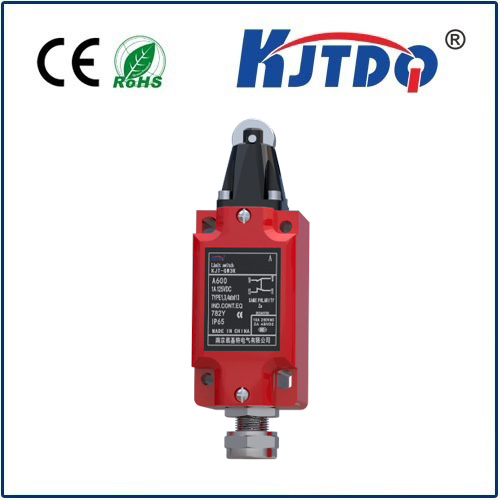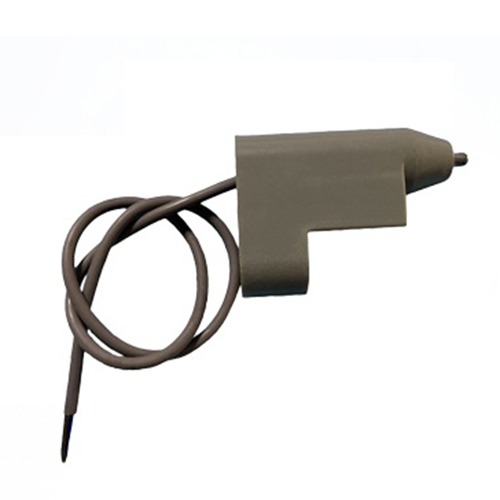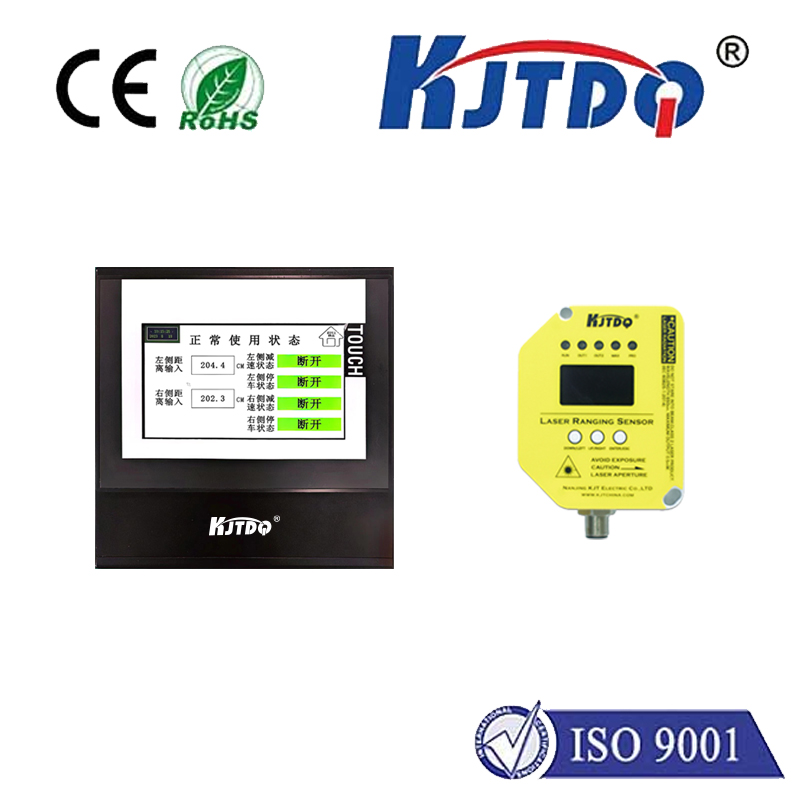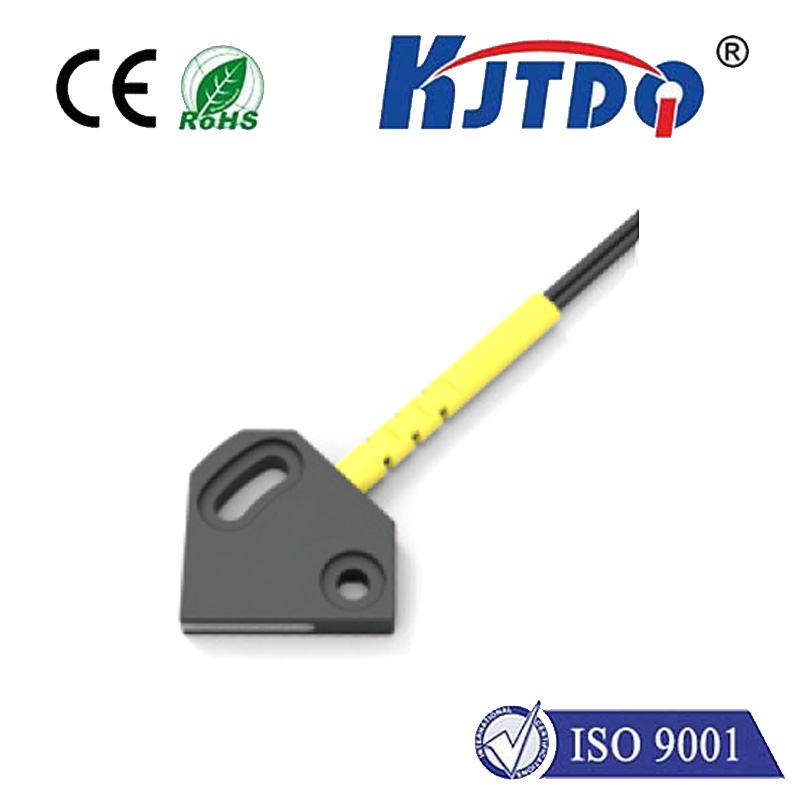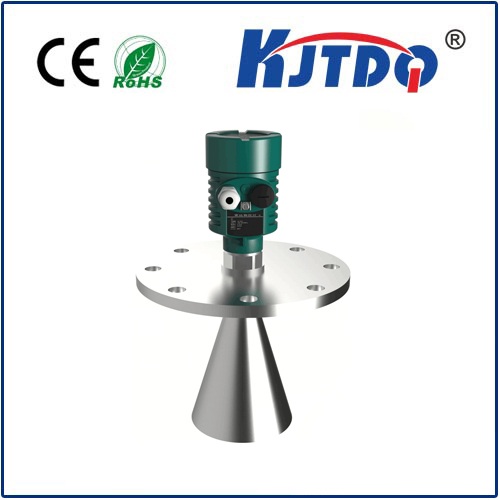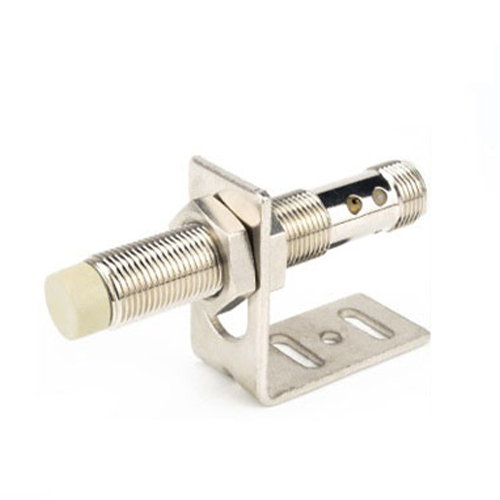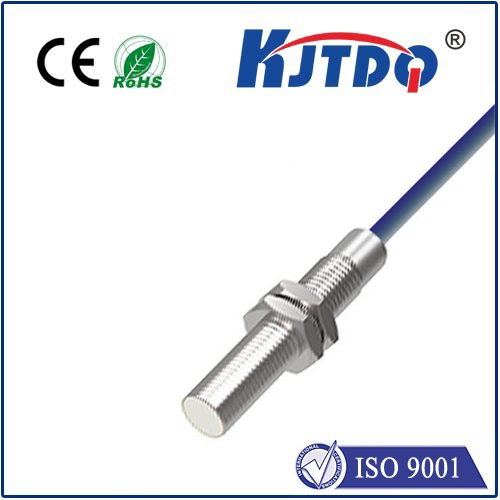photoelectric switch sensor npn
- time:2025-09-11 00:42:25
- Нажмите:0
Mastering Photoelectric Sensing: The Role and Advantages of NPN Output Sensors
That unseen hand opening the supermarket door, the precise count of bottles zipping down a production line, the safety curtain guarding machinery – the magic behind these automated moments often involves a photoelectric sensor. Specifically, photoelectric sensors equipped with NPN outputs are fundamental workhorses in industrial control. Let’s delve into their operation, unique characteristics, and why they remain a top choice for engineers and system integrators.
Photoelectric sensors operate on a simple principle: they emit a beam of light (visible, infrared, or laser) and detect either its presence, absence, or reflection from a target object. This detection event needs to be communicated to a controller like a PLC (Programmable Logic Controller) to trigger actions – stop a conveyor, increment a counter, activate a warning light. This is where the output type becomes critical. The “NPN” designation refers specifically to the type of transistor used in the sensor’s output switching circuit and dictates how it connects and signals to the load or controller.
Unpacking the NPN Output
Essentially, an NPN transistor functions as a solid-state switch. Inside an NPN photoelectric sensor:
- Detection: When the sensor’s receiver detects the predefined light condition (e.g., beam broken by an object, beam reflected back), the sensor’s internal circuitry activates.
- Transistor Switching: This activation turns on the NPN transistor.
- Current Path Creation: When the NPN transistor turns on, it creates a path for electrical current to flow from the load (like a PLC input terminal, relay coil, or indicator light) through the transistor and finally down to the sensor’s negative supply voltage terminal (often labeled 0V, GND, or -). This is known as “current sinking” or “negative switching”.
- Signal Output: When the transistor is “on” (sinking current), the sensor’s signal wire (usually brown or black) is effectively pulled down to near 0V potential, representing the active state (e.g., target detected). When the transistor is “off” (no current sinking), the signal wire floats at a high impedance state. Crucially, the sensor itself does not source positive voltage on its output wire.
Visualizing the Connection
The typical wiring for an NPN photoelectric switch sensor involves three or four wires:

- Brown (or Red): Positive Supply Voltage (+V, commonly +12V or +24V DC)
- Blue (or Black): Negative Supply Voltage / Ground (0V)
- Black (or White): Signal Output (Switched Negative / Load)
- White (optional): Second signal output or diagnostic (depends on model)
The load (e.g., PLC input) is connected between the positive supply (+V) and the sensor’s Signal Output (Black) wire. When the sensor detects its target:
- The NPN transistor turns on.
- Current flows from the +V supply, through the load, into the sensor’s signal wire, down through the transistor, and out to 0V.
- This completes the circuit, activating the load. The voltage measured on the signal wire (relative to 0V) drops low.
Why Choose NPN? Key Advantages
- Compatibility: NPN photoelectric switch sensors are fundamentally compatible with the input circuitry of many PLCs, especially those designed with sourcing inputs. Since PLC sourcing inputs provide positive voltage internally, they connect perfectly to an NPN sensor’s sinking output. This is a prevalent standard in many regions, including Europe and much of Asia.
- Safety Logic (Common Anode Sinking): In safety circuits, it’s often preferred to have the active signal represented by connecting the input to ground (0V). NPN outputs naturally facilitate this “active low” or “sinking” logic. If a wire breaks, the PLC input sees an “open circuit” (high impedance), which can be safely interpreted as a fault or inactive state, rather than erroneously seeing an active signal.
- Lower EMI Susceptibility: Some argue that sinking a signal to ground can offer slightly better noise immunity in electrically noisy environments compared to sourcing a positive voltage signal, though both types are robust when installed correctly.
- Wide Availability & Cost: Due to their historical prevalence and ongoing demand, NPN sensors are incredibly widely available across a vast range of types (diffuse, retro-reflective, through-beam), sizes, and price points.
NPN vs PNP: The Crucial Distinction
It’s impossible to discuss NPN output photoelectric sensors without contrasting them with their counterpart: PNP outputs.
- NPN (Sinking): Switches the negative side of the load. Current flows into the signal output when active. Connects load between +V and Signal (Black).
- PNP (Sourcing): Switches the positive side of the load. Current flows out of the signal output when active. Connects load between Signal (Black) and 0V.
Choosing the Right Output:
The decision primarily hinges on:
- Your PLC Input Type: Does it require a sourcing input (expects current flow into the PLC, needs an NPN sensor) or a sinking input (expects current flow out of the PLC, needs a PNP sensor)? Always consult the PLC manual.
- Regional Conventions: NPN is dominant in some regions; PNP in others (like North America), though this is less rigid today.
- Specific Control Logic Requirements: Active-high vs. active-low preferences in the application code.
Where NPN Photoelectric Sensors Shine
NPN photoelectric switch sensors are ubiquitous across industrial automation:
- Object Detection & Counting: Detecting products on conveyors, counting items passing a point.
- Position Verification: Confirming parts are present in a fixture or robot gripper.
- Level Sensing: Detecting the presence/absence of material in bins or hoppers.
- Security & Access Control: Breaking light beams to trigger alarms or doors.
- Packaging Machinery: Ensuring correct placement of labels, lids, or products.
- Robotics: Providing position feedback and triggering actions.
Practical Considerations & Troubleshooting
- Voltage Drop: Ensure the power supply voltage is adequate to overcome any voltage drop across the load after accounting for the sensor’s internal drop.
- Load Compatibility: Verify the sensor’s output current rating can handle the current required by the PLC input or connected relay.
- “Sensor On but PLC Not Seeing It”: Classic issue. Often caused by miswiring the signal wire relative to the PLC input type (using NPN with a sinking input PLC without a common positive or pull-up resistor). Double-check PLC input configuration and wiring schematic.
- Environmental Factors: Like all photoelectric sensors, environmental conditions like dust, fog, background objects, and target color/shine affect performance. Choose the right sensing mode and housing for the application.
Выводы
Understanding the function of the NPN transistor within a датчик фотоэлектрического переключателя is key to successful integration. Their role as a current-sinking device makes them the perfect complement to PLCs with sourcing inputs, offering reliable, widespread, and cost-effective sensing solutions. Whether you’re counting widgets or securing a perimeter, mastering NPN photoelectric sensors provides a solid foundation for robust automation.

